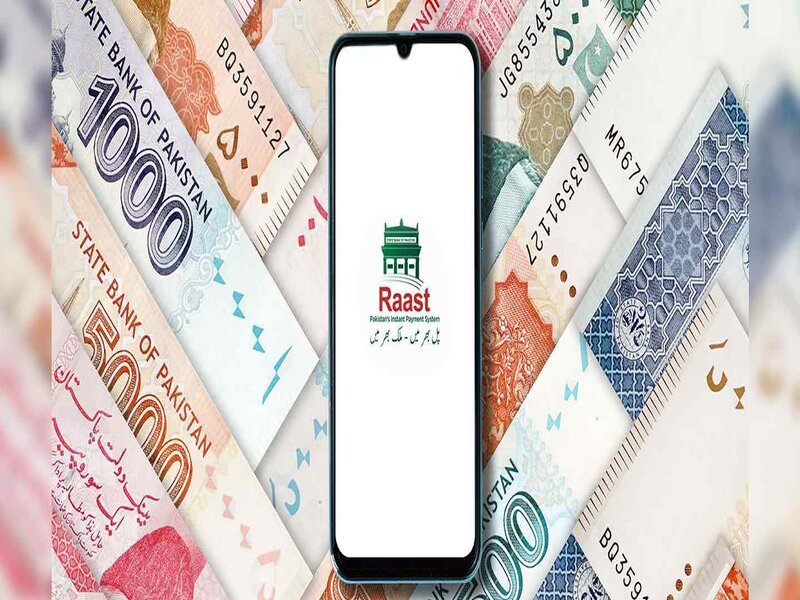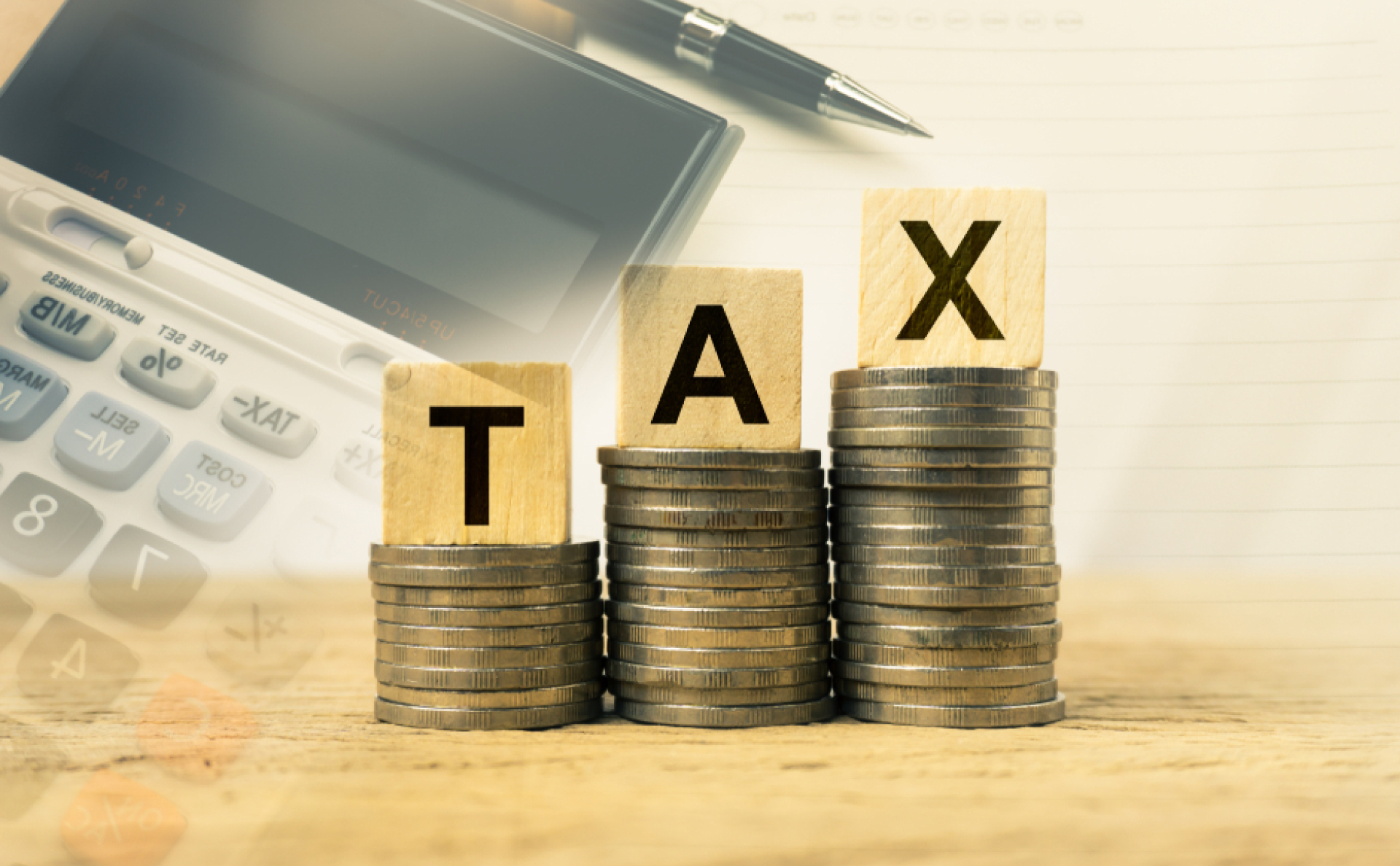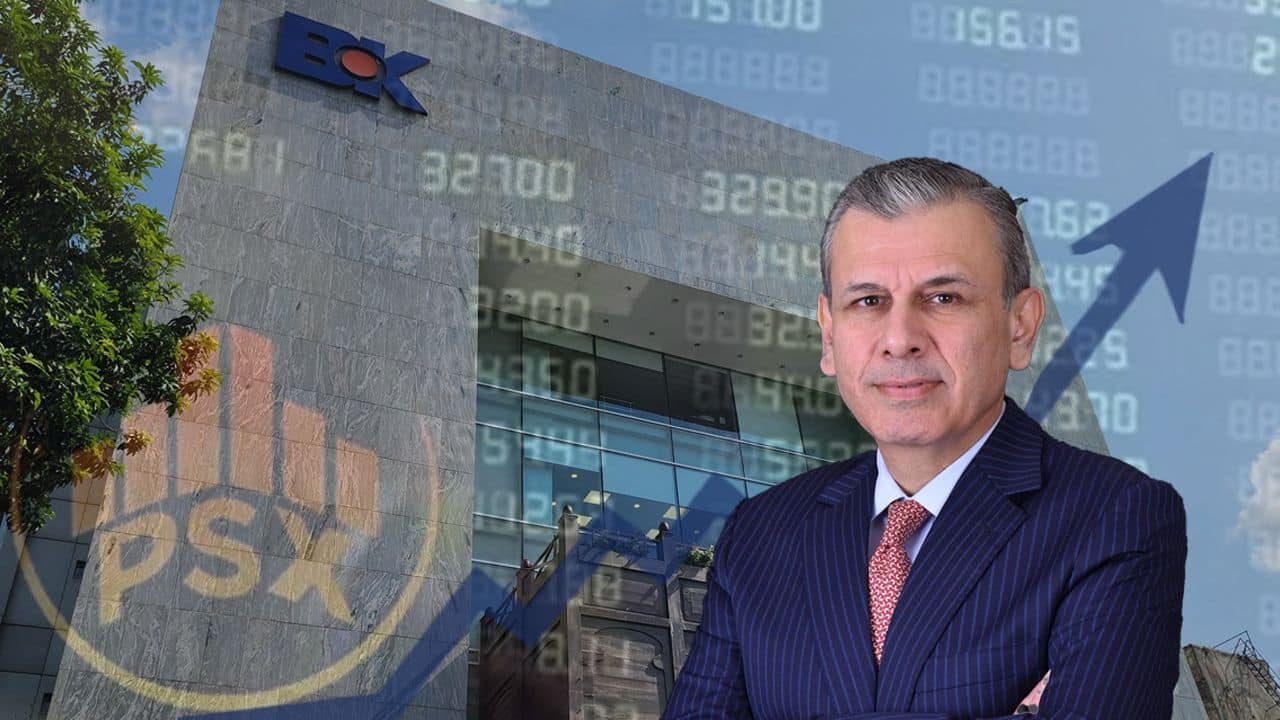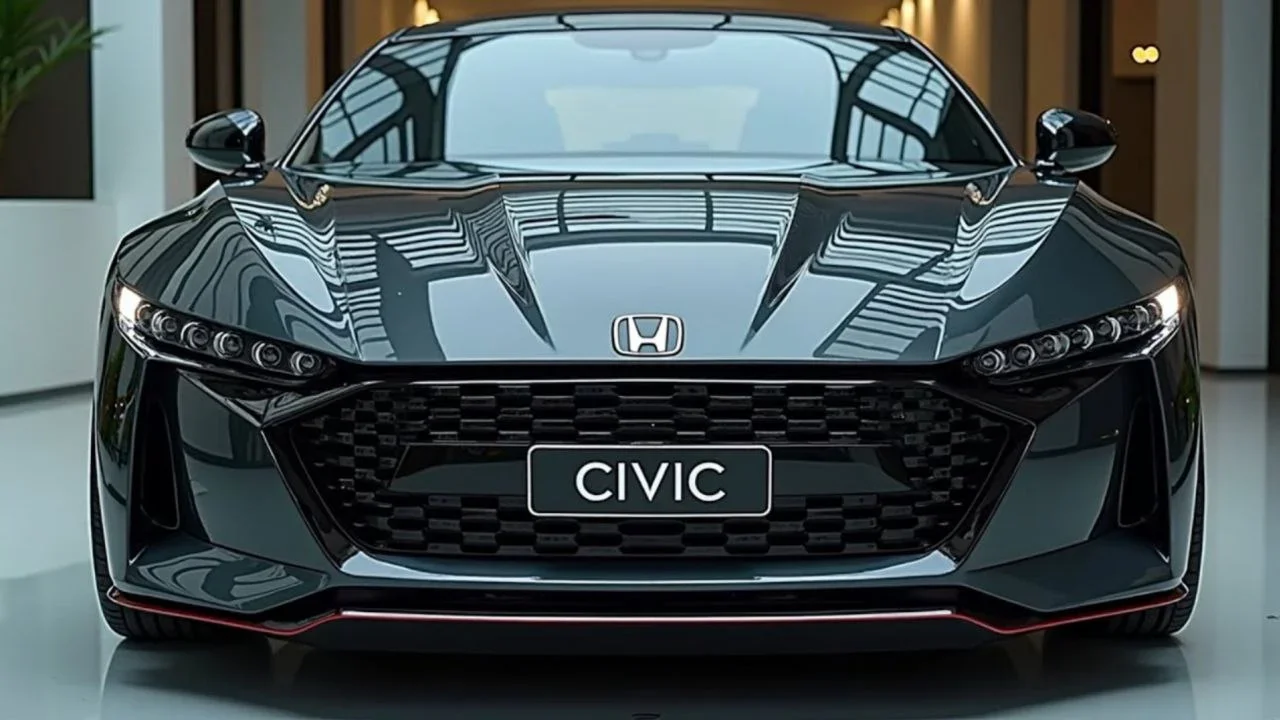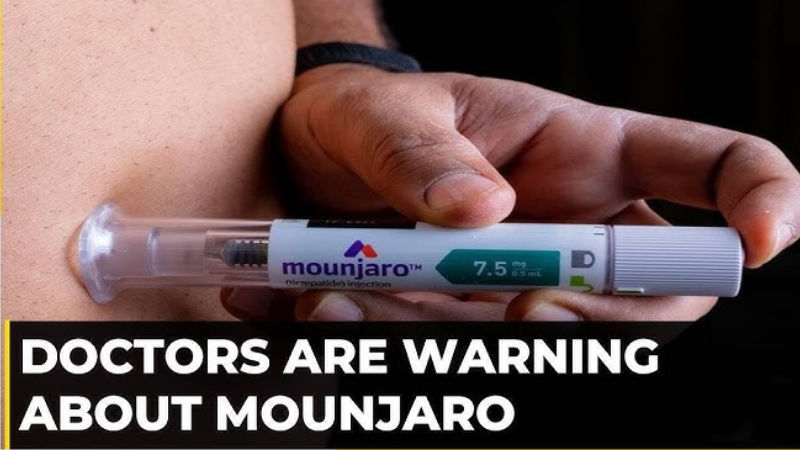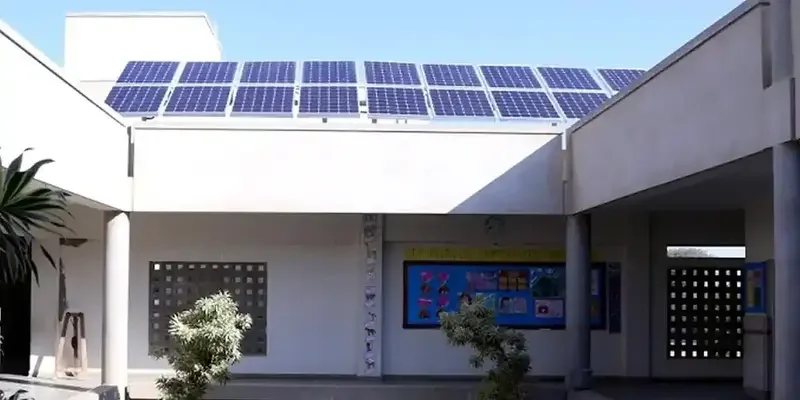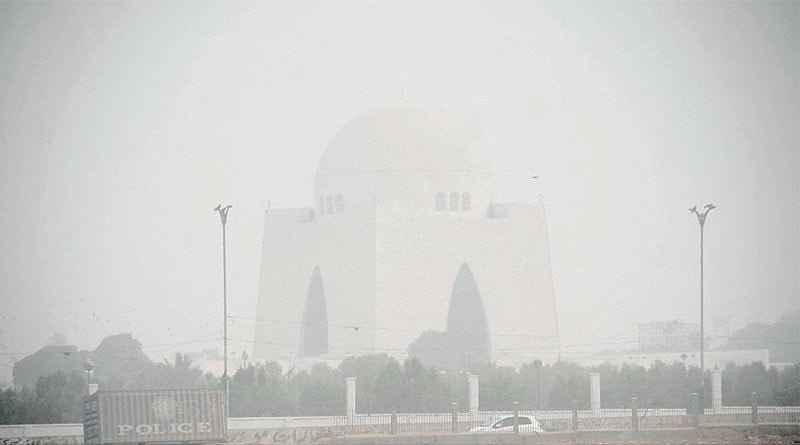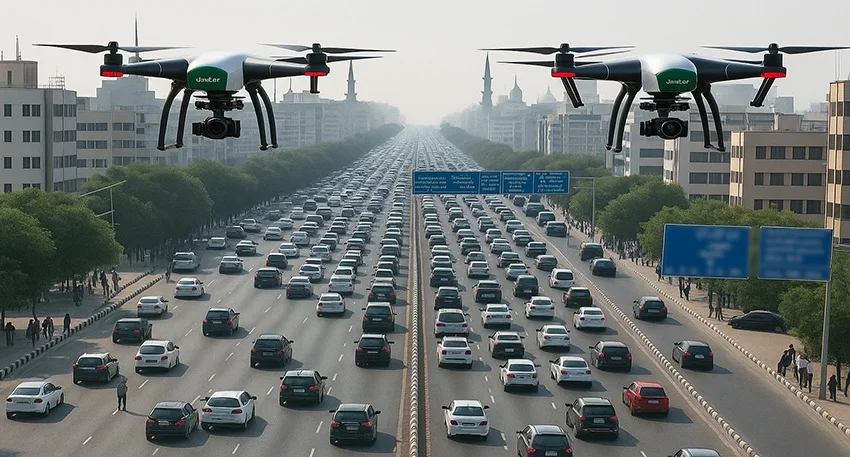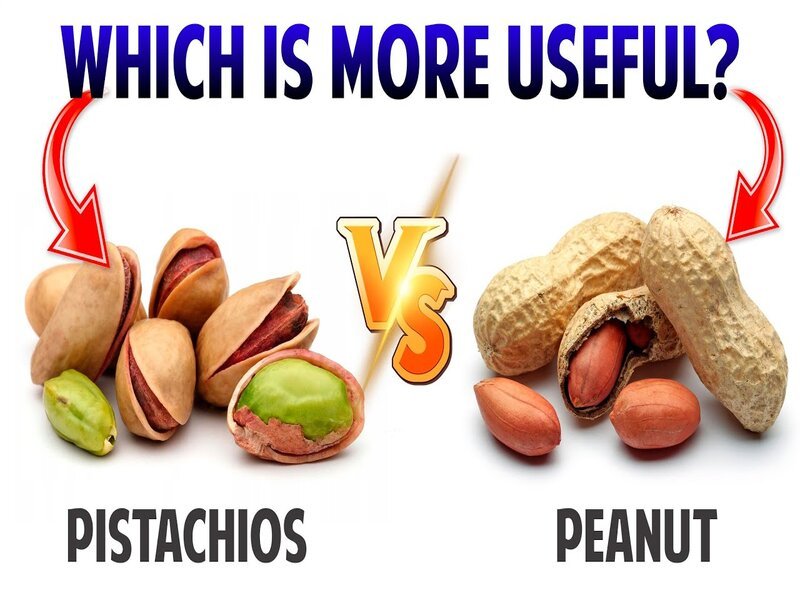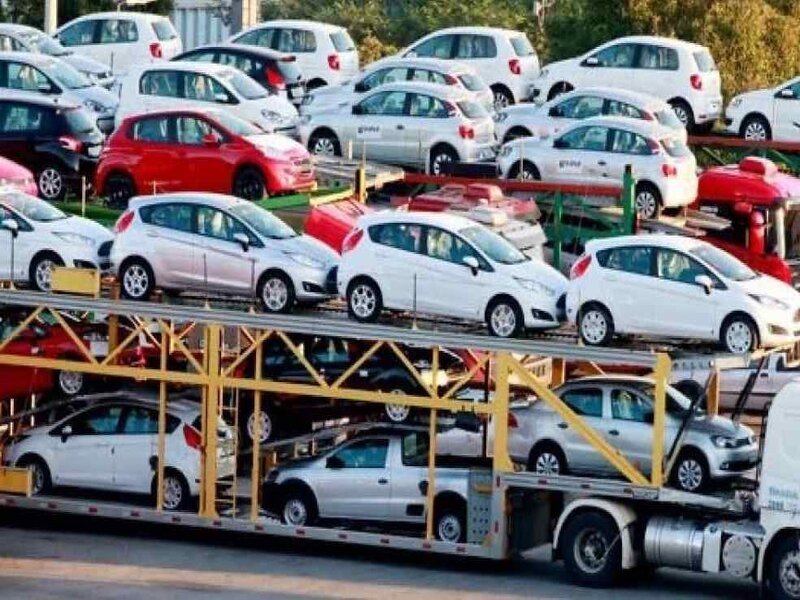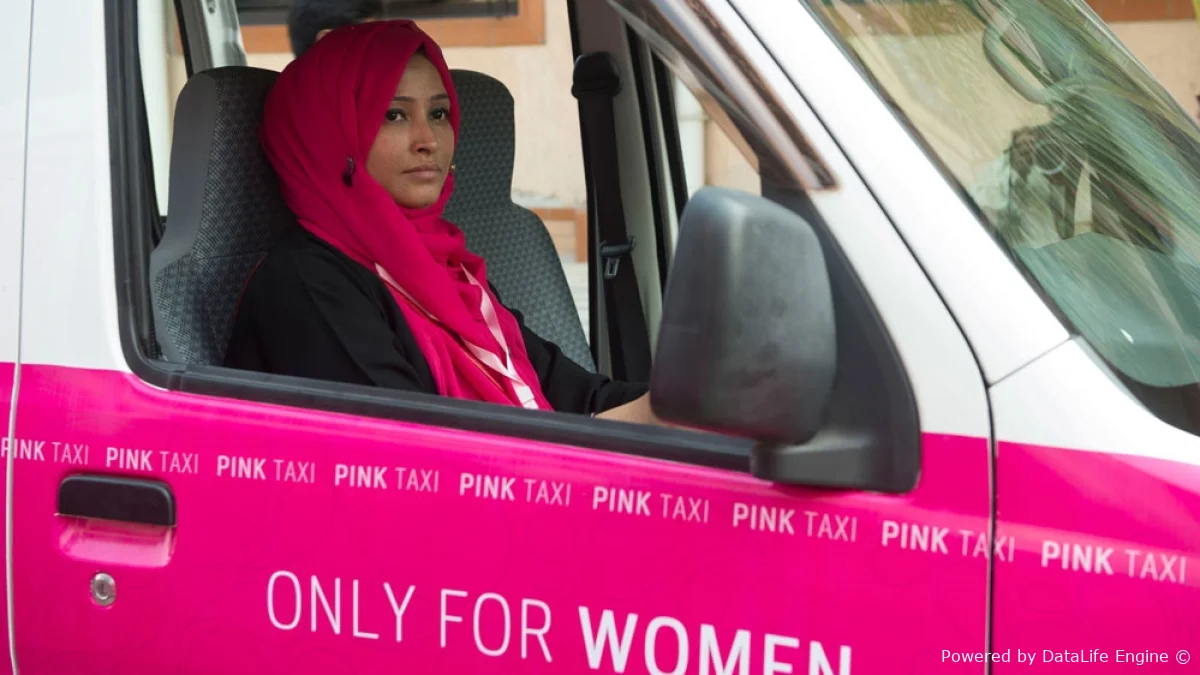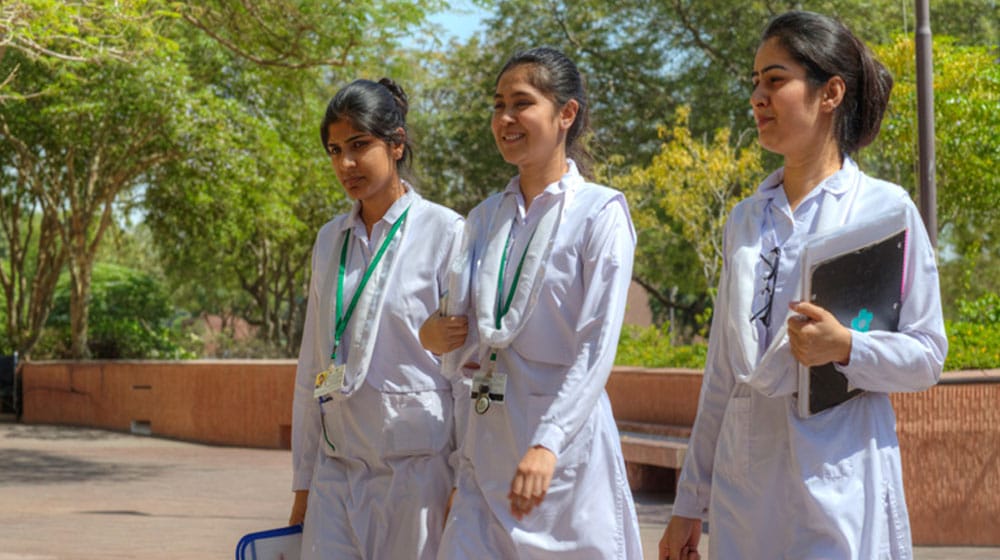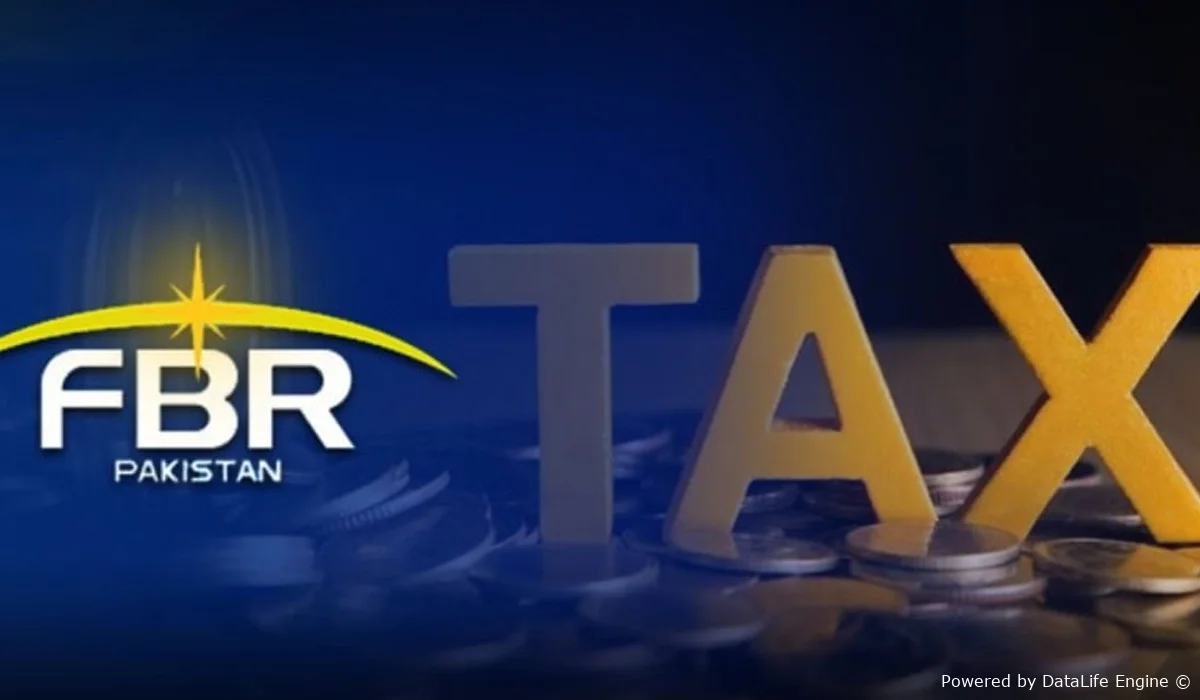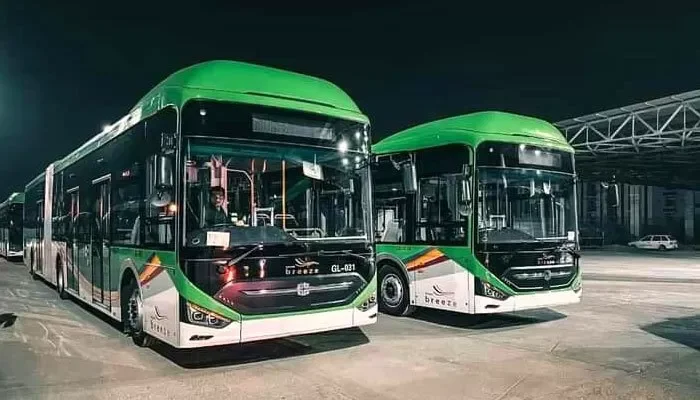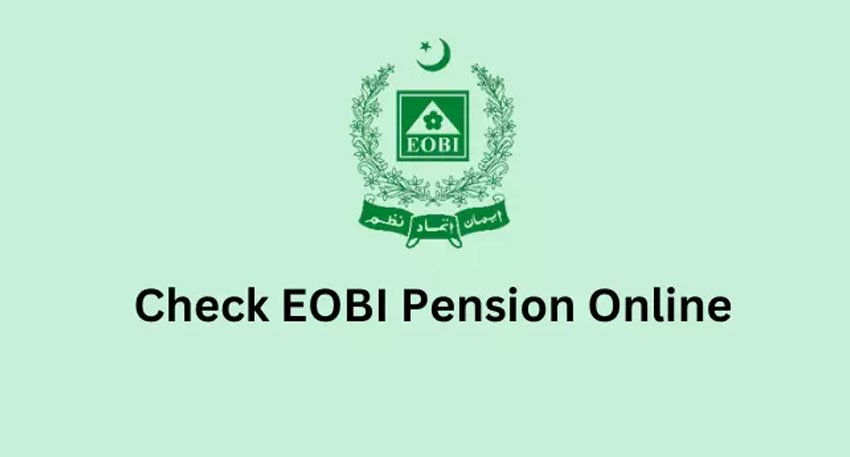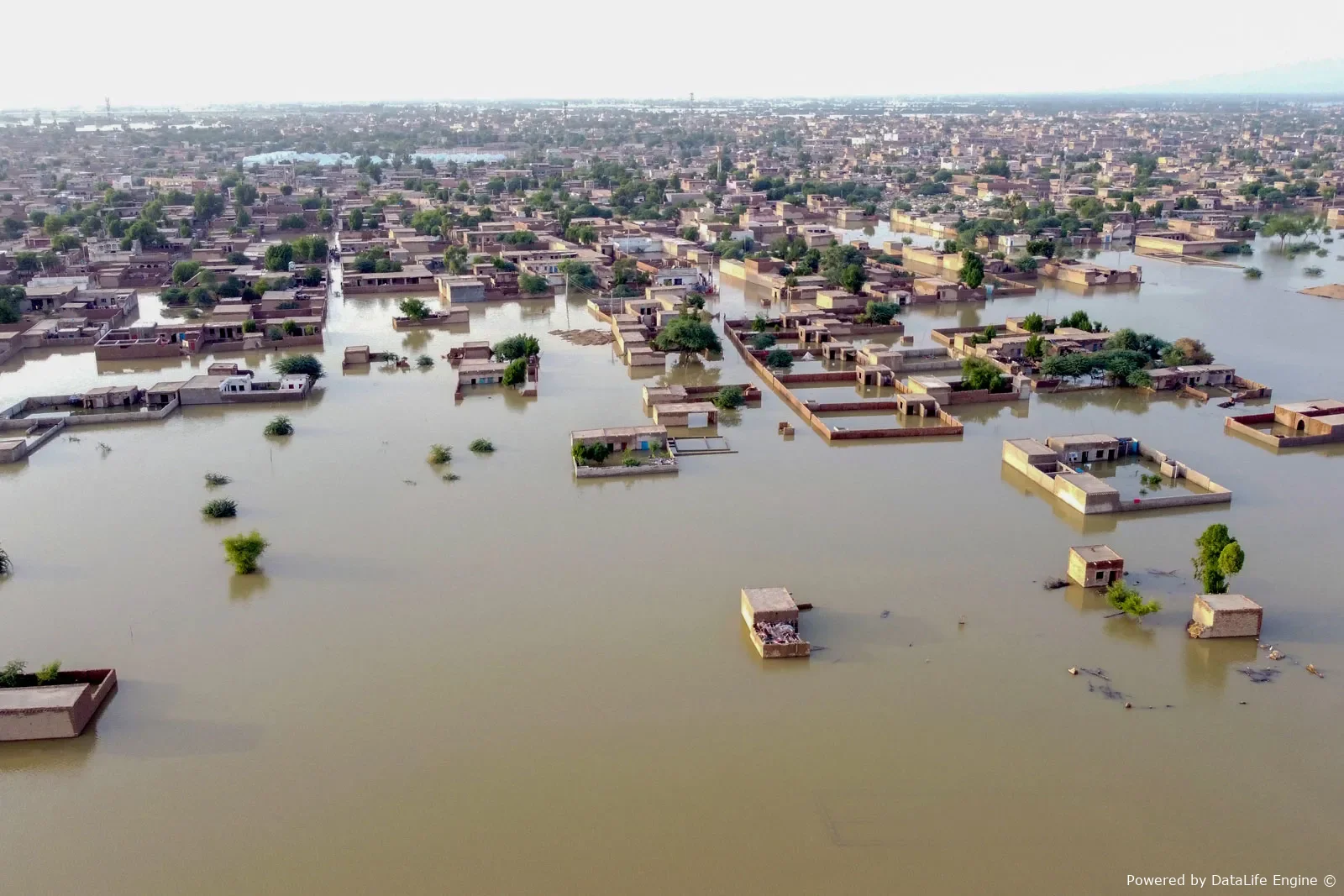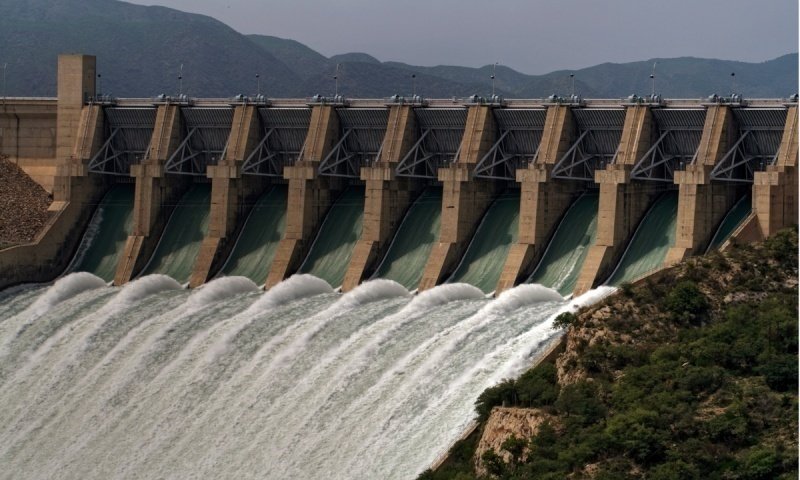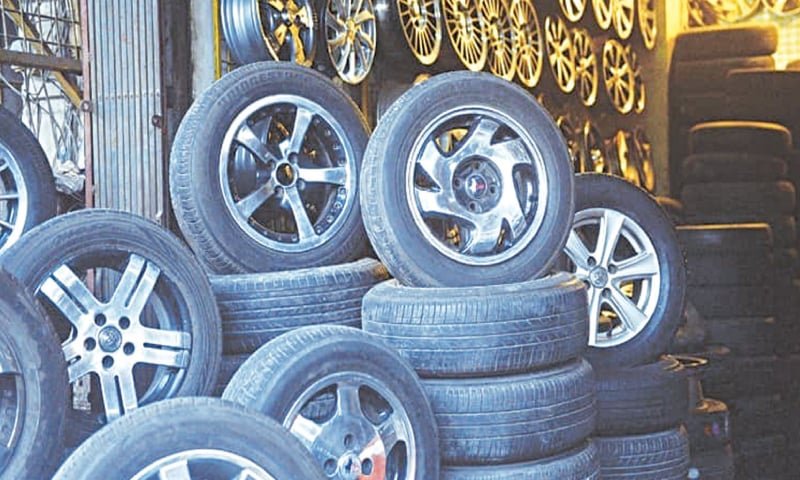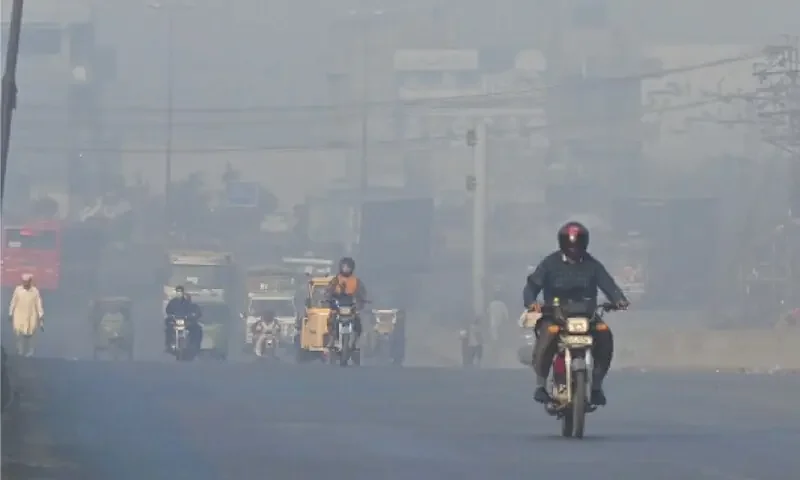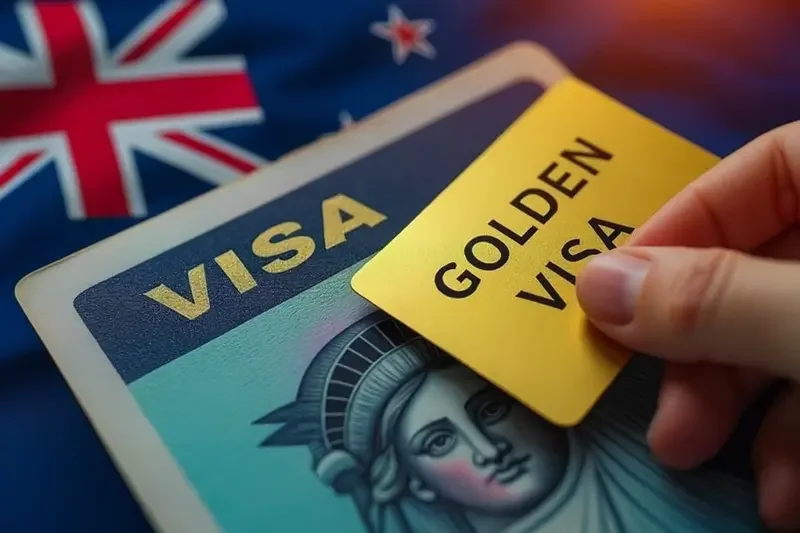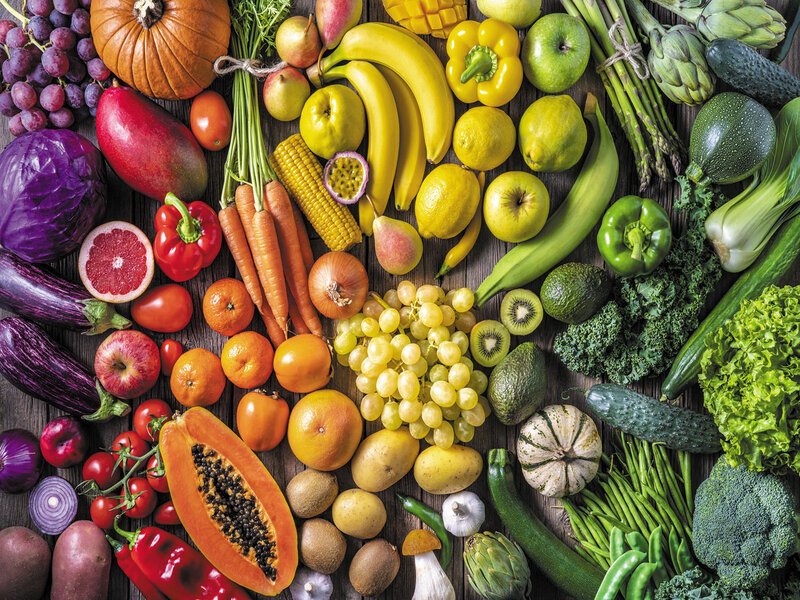The State Bank of Pakistan (SBP) has announced a significant move to promote the adoption of Raast, the country’s official instant digital payment system, by routing all government payments through Raast by the end of the fiscal year 2025-26. To support this transition, the government has allocated a Rs3.5 billion subsidy program aimed at encouraging merchants to adopt Raast by reducing digital transaction costs. This subsidy, effective from September 2025 to June 2026 and extending over three years, reimburses merchants at 0.5% of each person-to-merchant (P2M) QR code transaction or Rs100, whichever is lower, effectively minimizing costs and incentivizing digital payment adoption.
SBP Deputy Governor Saleem Ullah emphasized the aggressive push towards integrating Raast into government payments, aiming to streamline financial transactions and reduce cash dependency. Currently, over Rs11.2 trillion circulates in cash outside the formal banking system, and bringing Rs2.5-3 trillion of this back into the financial system would benefit banks, fintechs, and other stakeholders while curbing Pakistan’s large informal economy. The ultimate goal, as stated by the SBP, is to “win the war against cash” by fostering collaboration among banks, fintech companies, electronic money institutions (EMIs), and technology providers to accelerate financial inclusion and digitization.
A recent study titled "Merchant Payments on RAAST: Responsible Pricing for Impact and Inclusion" highlights Raast’s impressive success in person-to-person (P2P) and government-to-person payments, but it also points out the challenges in merchant adoption. Despite Raast processing over a trillion rupees in P2P payments every nine days, merchant transactions form only a small fraction. The persistent cash culture in Pakistan, where over 85% of transactions are cash-based, costs the economy trillions annually in lost tax revenue, cash handling, and idle liquidity. Micro and small businesses remain hesitant to adopt digital payments due to transaction fees, limited awareness, and fears around tax exposure.
The government’s subsidy scheme seeks to address these barriers by easing the cost burden on merchants, particularly small vendors, rickshaw drivers, and shopkeepers, encouraging them to embrace QR code-based digital payments. However, challenges remain. Small retailers, operating on thin margins, resist even low transaction fees around 0.25%, and many prefer free P2P transfers over P2M payments, risking transaction cannibalization. Informal businesses fear increased visibility to tax authorities, and inadequate infrastructure in rural and peri-urban areas limits digital payment reach. These factors collectively hinder nationwide Raast adoption.
To overcome these hurdles, the Better Than Cash Alliance (BTCA) recommends a tiered, cost-plus pricing framework that balances affordability for merchants with the commercial needs of service providers. Their model suggests a 0.35% merchant discount rate (MDR) floor, with exemptions for highly price-sensitive sectors like utilities, education, and fuel, and complete elimination of interchange fees to reduce merchant costs. Higher fees would only be permitted when providers offer clear value-added services such as instant settlements, merchant analytics, or embedded credit options.
Experts like payment systems specialist Muhammad Imaduddin emphasize the importance of partnerships among fintechs, banks, EMIs, payment service operators (PSOs), and payment service providers (PSPs) to build an efficient and inclusive digital payments ecosystem, naming Raast as “the pivot of our digitisation efforts.” Transparency in pricing and responsible management of Raast, according to L Nshuti Mbabazi, Managing Director of BTCA, can transform everyday digital transactions into drivers of confidence, growth, and financial inclusion across Pakistan.

